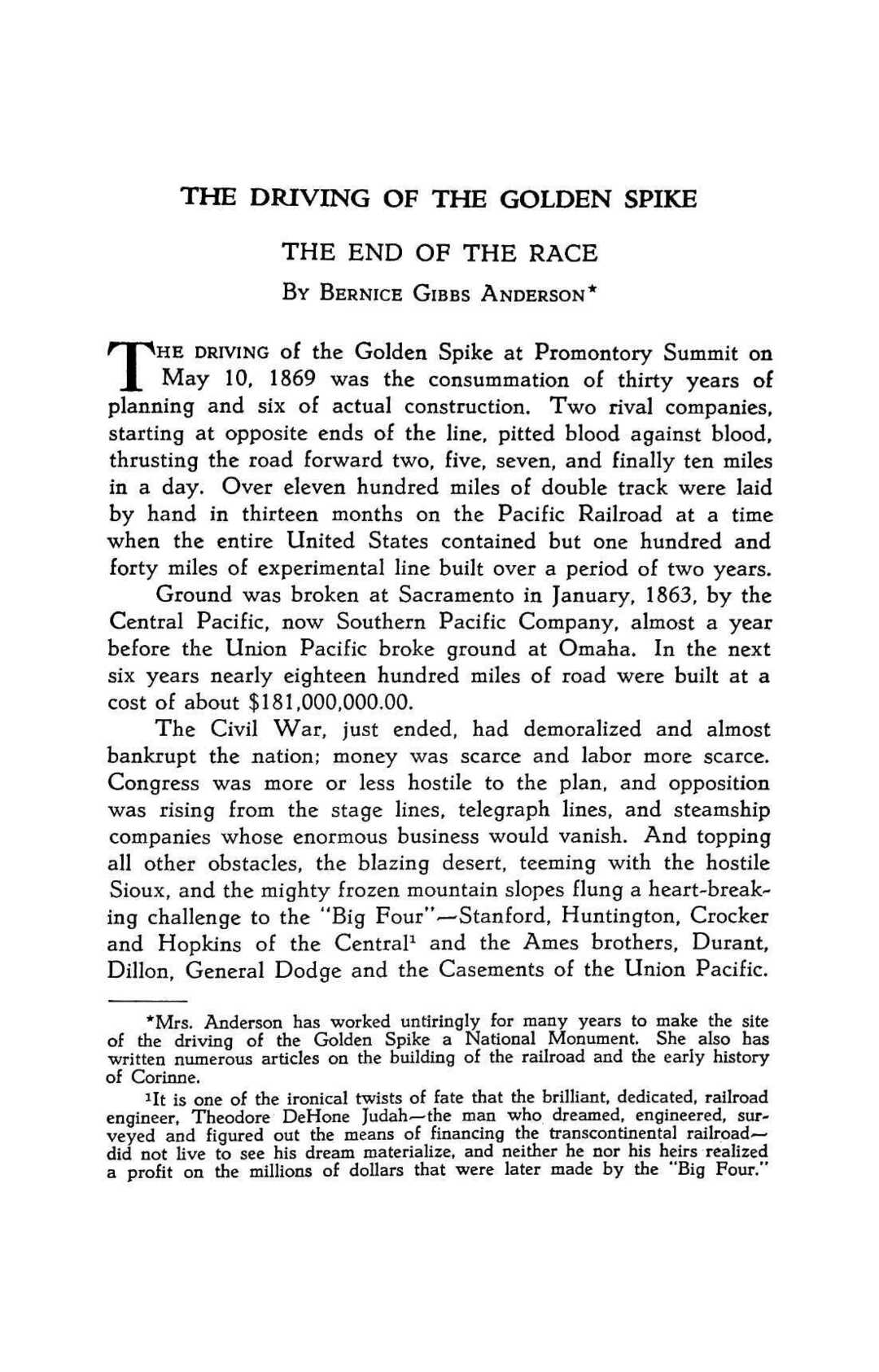U T A H P R E S I D E N T I A L E L E C T I O N S , 1896-1952 BY FRANK H. JONAS AND GARTH N. JONES*
T N observing voting habits in Utah politics, it has become axio•*• matic to say that as the nation goes, so goes the state. For example, one observer in 1940 stated that "voting in Utah since statehood has been mainly along national lines." 1 Omitting 1896, he summarized that "from 1900 to 1916, the state voted Republican; and from 1932 to 1940, Democratic." He noted, howlican; and from 1932 to 1940, Democratic." He noted however, that "in 1912, though the United States elected Woodrow Wilson, the state remained Republican." 2 To bring these sweeping summaries up-to-date, one must add that the state continued to vote with the nation from 1940 to 1952, Democratic from 1940 to 1948, and Republican in 1952. Voting statistics in Utah elections for the president and the vice-president of the United States from 1896 to 1952, presented here for the first time, with percentages showing the margins between the two major parties, as well as the results for third parties, reveal that there have been two significant deviations from this pattern. 3 In 1896 William Jennings Bryan, although losing the presidency to William McKinley, the Republican candidate, by less than one percentage point,4 overwhelmed his opponent in Utah by winning 82.7% of the vote. By 1900 Utah had slid barely over into Republican ranks, *Dr. Jonas is on the staff of the political science department at the University of Utah and is a student and writer on Utah politics. Dr. Jones teaches in the department of political science at the Brigham Young University. x Frank H. Jonas, "Utah: Sagebrush Democracy," in T. C. Donnelly, ed., 2Rocky Mountain Politics (Albuquerque, 1940), 36. lbid. 3 From statehood (1896) to 1948 only the names of the party presidential electors were on the ballot. The names of the presidential nominees were secured from the Senate Manual Containing the Standing Rules and Orders of the U. S. Senate (Washington, 1953), 651-88; World Almanac and Book of Facts for 1953 (New York, 1953), 77; Who's Who in America (Chicago, 1932, 1936) and John Kieran, ed., Information Please Almanac, 1949 (New York, 1949), 133. From statehood to 1944 the Utah law provided for the casting of votes directly for party presidential electors. The statistics in this report are an average of the votes cast for each party slate of electors. The election data were compiled from the Biennial Reports of the Secretary of State, state of Utah,4 Salt Lake City, Utah. Bryan received 49.4% of the popular vote in the nation.




















